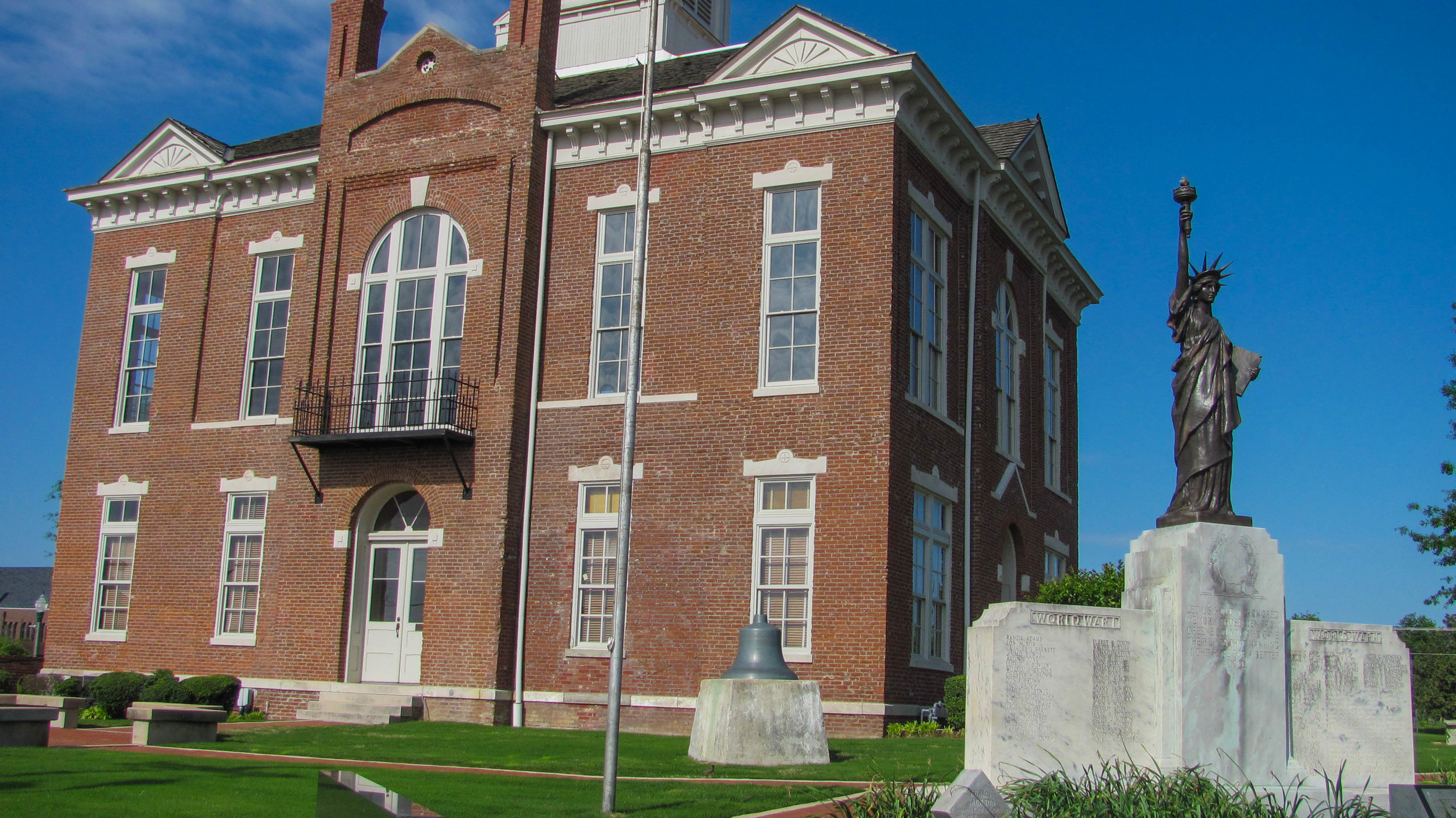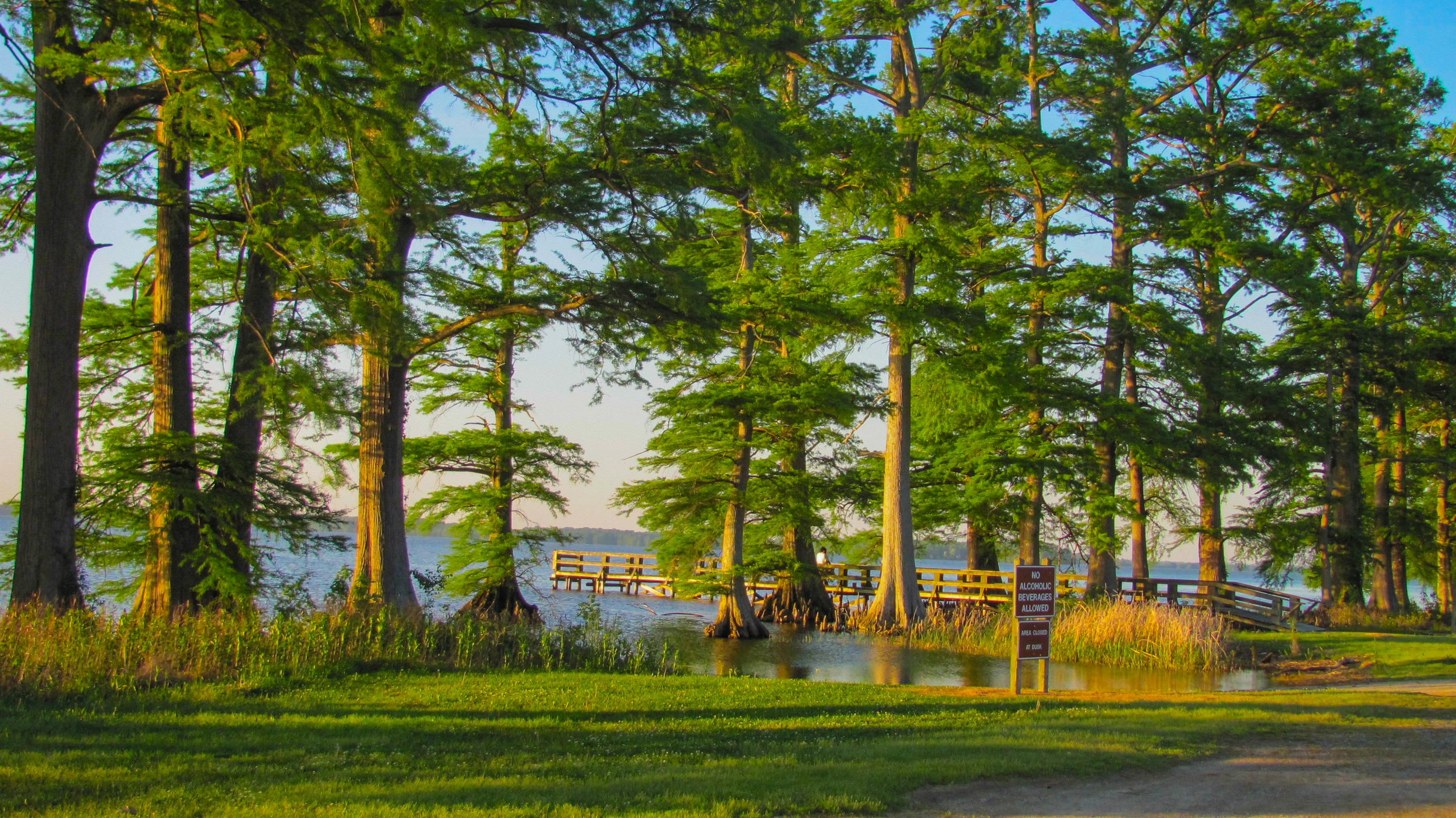2274 AR-18
Manila, Arkansas
870-564-2429
Big Lake National Wildlife Refuge is an 11,038-acre area located in northeast Arkansas outside of Manila, eighteen miles west of the Mississippi River. It is one of the oldest inland national wildlife refuges and was created in 1915 by President Woodrow Wilson after local residents became concerned that agricultural interests were destroying the natural environment of the area. It was established to provide habitat and protection for migrating and wintering birds and is recognized as an important link in the Mississippi migration corridor. Over the years the objectives of the refuge have expanded to include protection for endangered species.
Once a free-flowing river system, Big Lake NWR was changed to a lake / swamp ecosystem by the New Madrid earthquakes of 1811-12. Big Lake today consists primarily of wooded swamps and open water. The refuge was once a portion of the Mississippi River but now the Little River flows through the refuge. An extensive network of ditches in the Missouri Bootheel region drain 2,500 square miles of farmland through the refuge. Due to the fact that Big Lake NWR is an oasis of bottomland hardwood in an agriculturally developed area, 6,400 acres are designated as a National Natural Landmark and 2,100 acres of the Natural Landmark are included in the Wilderness Preservation System.
Because most of the bottomland hardwood forests have disappeared, Big Lake NWR has become more important to preserve and restore this habitat for the wide variety of wildlife it supports. Types of wildlife to look for in the area are beavers, otters, raccoons, wild turkeys, white-tailed deer, bobcat and the occasional armadillo. The refuge is open to the public and offers opportunities in hunting, fishing, boating, wildlife observation, and photography. Big Lake NWR contains Mallard Lake where the Arkansas record largemouth bass was caught.
Bird Watching
Big Lake NWR was important in the recovery of the bald eagle from its endangered status. Eagles came back to nest on the refuge in 1989 and have annually raised young since 1993. The refuge annually winters many species of waterfowl. Peak numbers in January and February can exceed 200,000. Wood ducks are year-round residents and annually raise approximately 2,500 young in natural cavities and nest boxes. Over 225 bird species have been observed on the refuge and recorded by visiting ornithologists. The U.S. Fish and Wildlife Service maintains a checklist for birds that can be seen in the refuge.
Visiting Big Lake National Wildlife Refuge
Area open daily from dawn to dusk.
Visitor Center open daily from 8 am - 5 pm.
There is no charge to visit the Big Lake National Wildlife Refuge.
Directions: Big Lake National Wildlife Refuge off AR-18 approximately east of Manila. From Blytheville, travel west on State Highway 18 approximately 15 miles. From Jonesboro, travel east on State Highway 18 approximately 35 miles. Headquarters is located on the north side of the highway. Various directional signs are located along the route.
Explore the nearby community of Manila
Big Lake National Wildlife Refuge - The official website of Big Lake National Wildlife Refuge.
















